-20Sensor de temperatura de la integración PT100 del instrumento de la temperatura ~80c con el transmisor 4-20mA
Un sensor de temperatura es un dispositivo que mide la temperatura y la convierte en una señal eléctrica.. Ampliamente utilizado en la industria., comercial, y aplicaciones residenciales.
Descripción
Un transmisor de temperatura RTD (Detector de temperatura de resistencia o dispositivo de temperatura de resistencia) es uno de los sensores de temperatura más frecuentes utilizados en la industria hoy en día. También comúnmente conocido como PT100/PT1000, Su popularidad resultante se debe a su precisión y al Repsonse, A temperaturas entre -300 a + 600 ° C.
Industrial thermal resistance is used as a temperature measuring sensor. Generalmente se usa con instrumentos, grabadoras, y reguladores electrónicos. Puede medir o controlar directamente líquido, Vapor y medios gaseosos y sólidos, en varios procesos de producción de -200 ° C para 600 ° C. The temperature of the surface.
According to the national regulations, Los termopares fabricados en nuestra empresa, Conozca el número de graduación estándar IEC International PT100 Resistencia térmica, y el número de graduación estándar profesional CU50 Resistencia térmica de cobre, Dos tipos de asamblea, Tipo de diseño unificado Resistencia térmica.
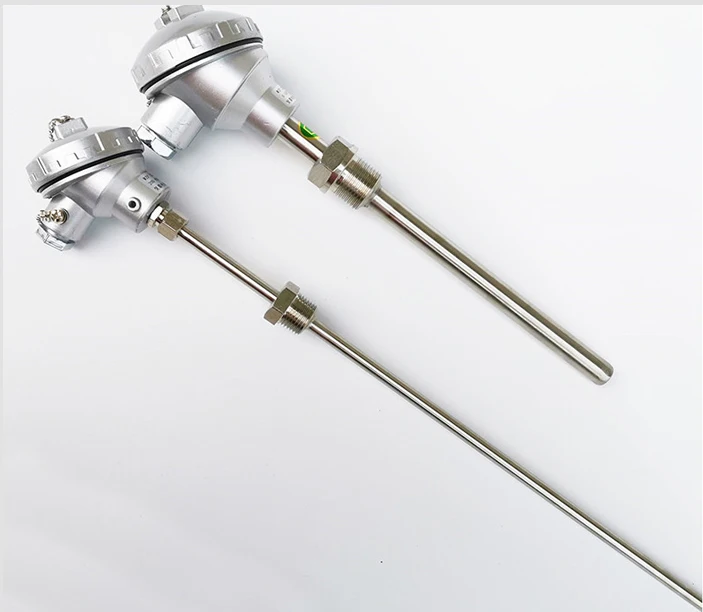
Características:
* Resistencia original de platino original (PT100/PT1000), buena consistencia; * Precisión de medición de alta temperatura y rendimiento confiable; * Paquete de dos capas, buen rendimiento contra la vibración; * Alta resistencia mecánica y buena resistencia a la presión. * Instalación estándar de rosca de tubería
Rango de medición | -200~ 600 ° C |
Índice | PT100 |
Nivel de precisión | Clase A (± 0.15 ° C+0.005|t|), Clase B (±(0.30° C+0.005|t|) |
Diámetro del tubo de protección | Φ12 (diámetro exterior especial por favor especifique) |
Material de tubo de protección | acero inoxidable 304,321,316 |
Cableado de resistencia térmica | cableado de dos hilos, cableado de tres hilos, Cableado de cuatro hilos. |
Tiempo de respuesta térmica | T0.5 ≤ 45s (Cuando la temperatura cambia paso a paso, La salida de la resistencia térmica cambia a 50% del cambio, y el tiempo requerido se llama tiempo de respuesta térmica, expresado por T0.5). |
Resistencia térmica presión nominal | generalmente se refiere a la presión externa estática, que puede ser resistido por el tubo protector a temperatura ambiente sin romper. |
La profundidad de inserción mínima de la resistencia térmica | no debería ser menos que 8-10 tiempos del diámetro exterior del tubo de protección (Excepto por productos especiales). |
Efecto de autocalación de resistencia térmica | Al medir la corriente 5 mA a través de la resistencia térmica, El incremento de resistencia medido se convierte en un valor de temperatura de no más que 0.30 ° C. |
Resistencia de resistencia térmica Resistencia | El voltaje de prueba de la resistencia de aislamiento de temperatura normal puede ser cualquier valor de DC 10 ~ 100V, La temperatura ambiente está en el rango de 15 ~ 35 ° C, y la humedad relativa no debe ser más del 80%. El valor de resistencia de aislamiento a temperatura ambiente no debe ser inferior a 100MΩ. |
Normas ejecutivas | JB/T8622-1997 y JB/T8623-1997 estándares |
Details of Temperature Sensor
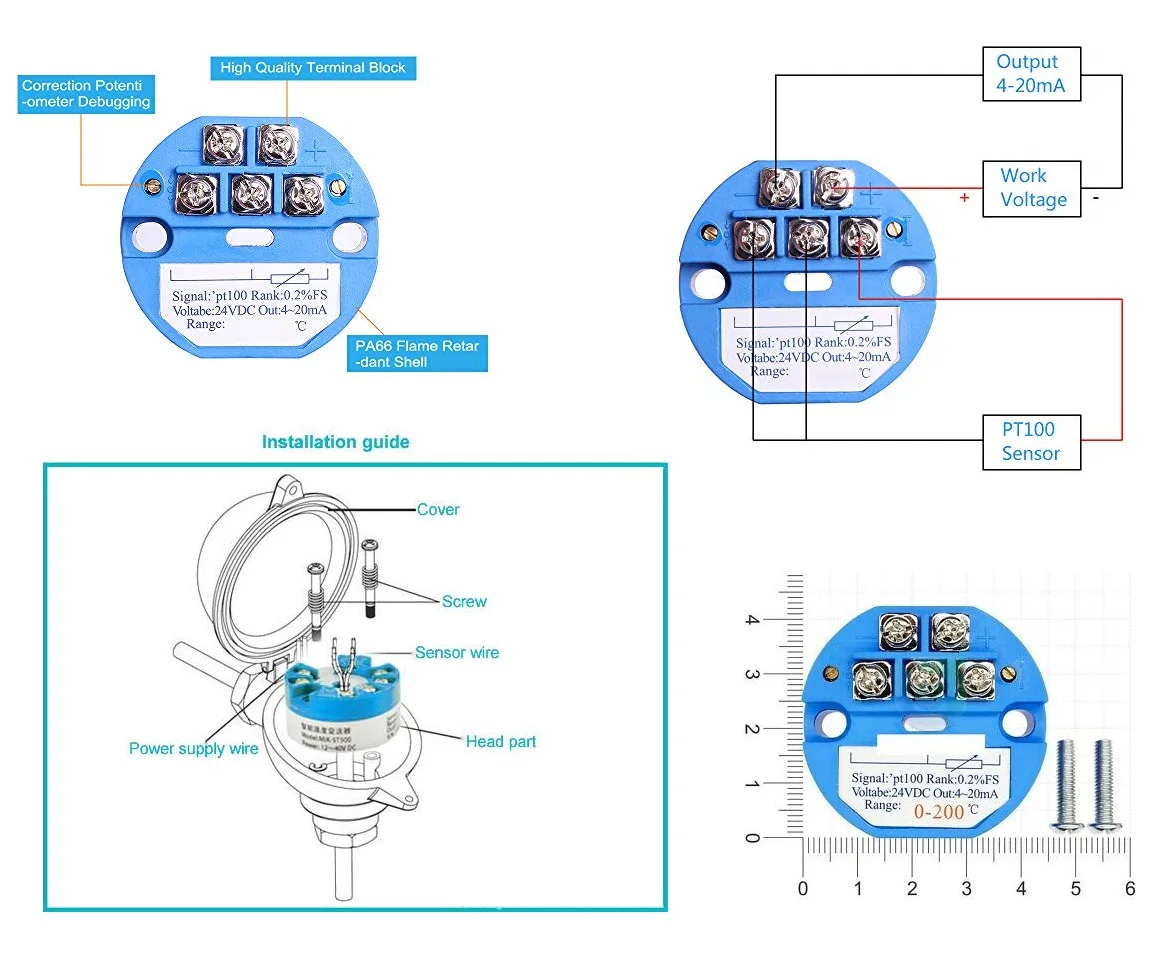
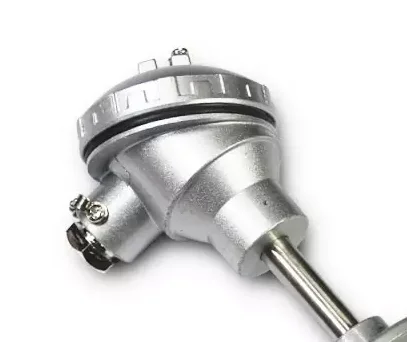
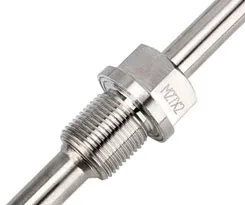
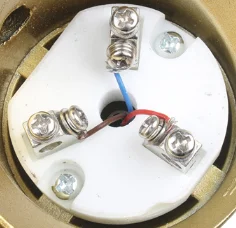
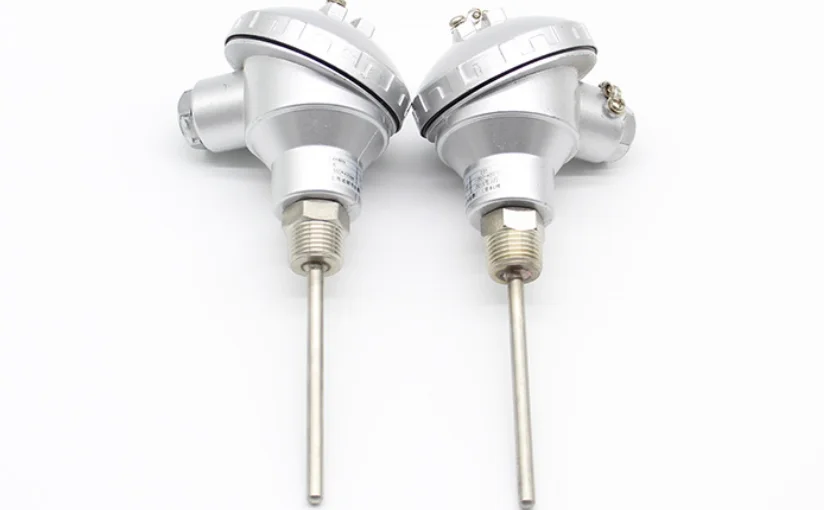
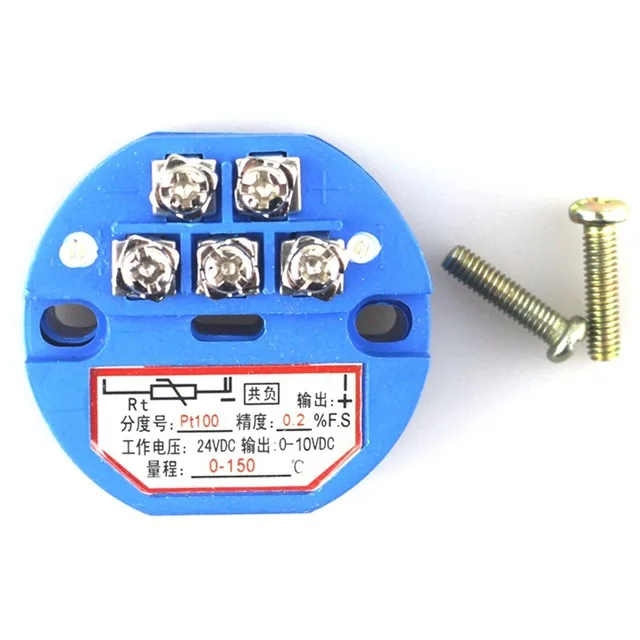
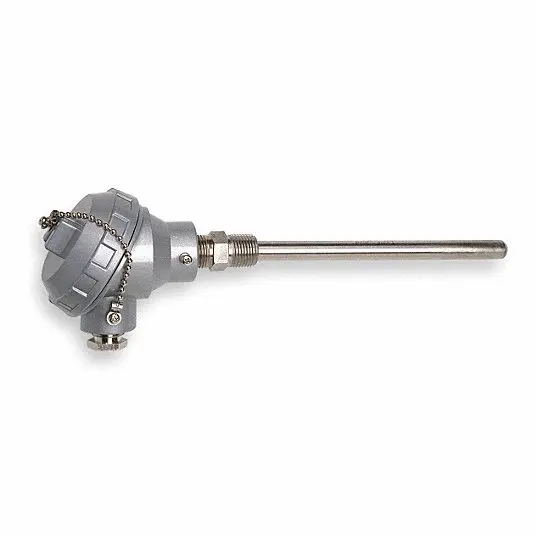
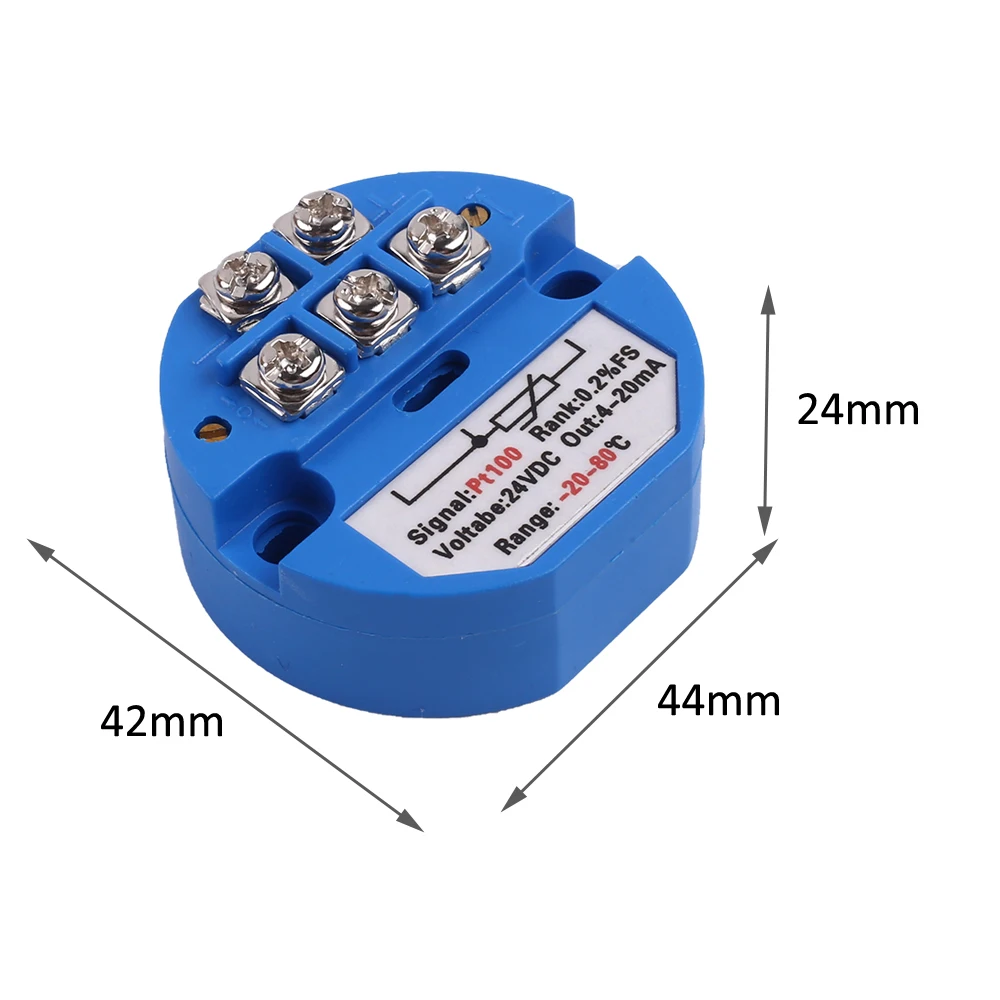
























Reseñas
Aún no hay reseñas.